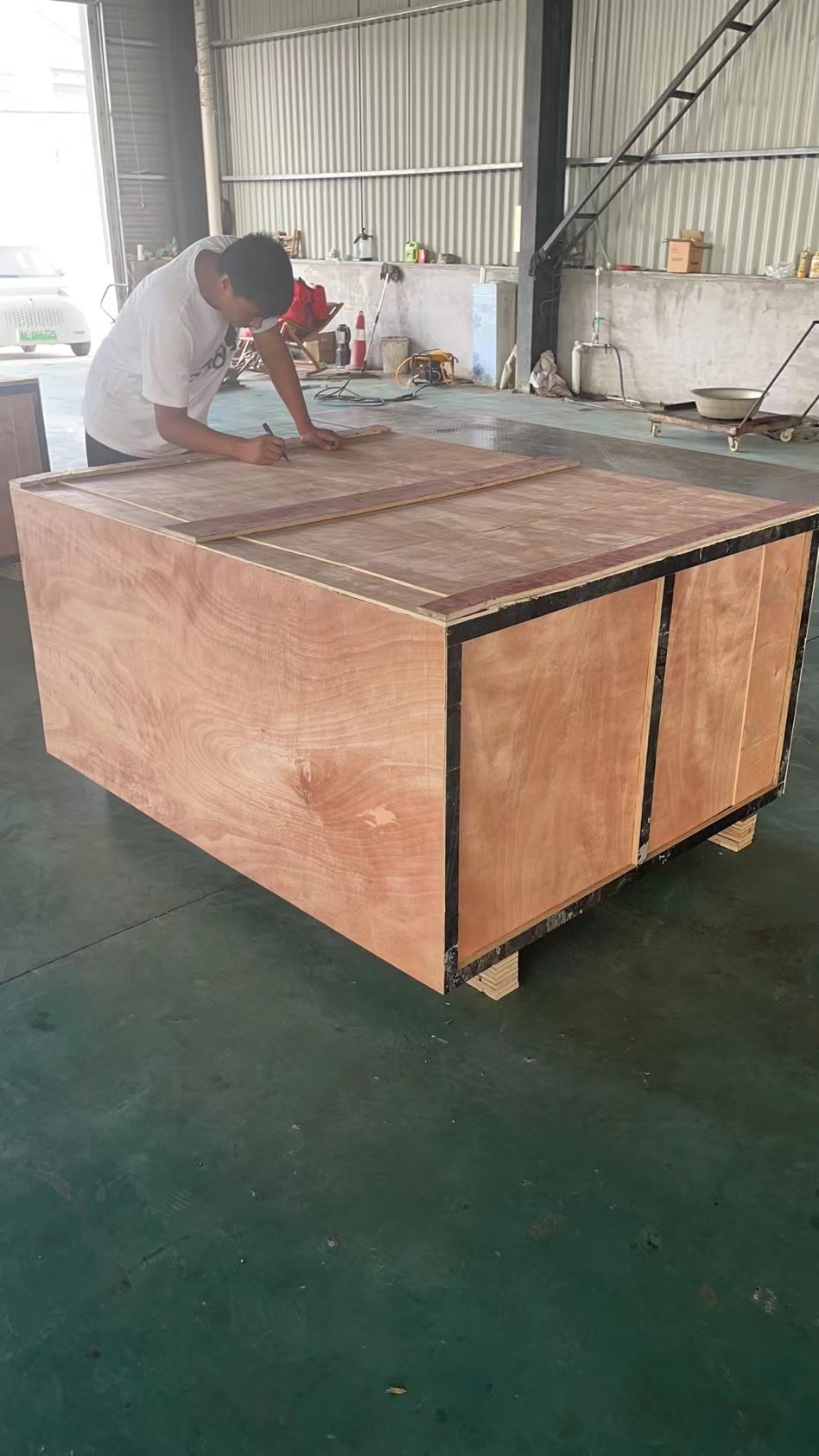Animal Feed Pellet Machines for Efficient Livestock Nutrition Production
Dec . 10, 2024 22:40 Back to list
Animal Feed Pellet Machines for Efficient Livestock Nutrition Production
The Evolution and Importance of Pellet Machines in Animal Feed Production
The animal feed industry is a crucial component of modern agriculture, ensuring livestock receive the necessary nutrients for growth, health, and productivity. One of the most significant technological advancements in this sector has been the development of pellet machines, which have revolutionized the way animal feed is produced and distributed.
Understanding Pellet Machines
Pellet machines, or pellet mills, are specialized equipment designed to compress feed ingredients into small, uniform pellets. These machines are capable of processing a variety of raw materials, including grains, forage, and protein sources, using heat and pressure to improve digestibility and nutrient absorption in animals. The resulting pellets not only enhance the nutritional profile of the feed but also make transportation and storage more convenient.
Advantages of Pelleted Feed
The use of pelleted feed has several advantages over traditional feed forms, such as loose meal or mash. Firstly, pellets are more palatable for animals, encouraging better feed intake, which is crucial for growth and milk production in livestock. The uniform shape and size of the pellets minimize wastage, as animals can consume them more easily without scattering them around the feeding area.
Moreover, pelleted feed is often more digestible. The process of steam conditioning and pressing helps break down feed ingredients, allowing for better nutrient availability. This enhanced digestibility can lead to improved feed conversion ratios—meaning animals gain more weight or produce more milk for every unit of feed consumed—ultimately benefiting farmers both economically and operationally.
The Production Process
The production process of pelleted animal feed involves several steps, beginning with the careful selection and grinding of raw ingredients. Once the ingredients are prepared, they are mixed into a homogenous feed formula. The next step involves conditioning, where steam and sometimes moisture are added, allowing the feed mixture to swell and soften. This step is crucial as it prepares the feed for the pelleting process.
Following conditioning, the mixture is forced through a die in the pellet mill, where it is subjected to high pressure and temperature. This process not only shapes the feed into pellets but also kills harmful pathogens, improving the safety of the feed. After pelleting, the pellets are cooled and sometimes crumbled or pelleted again, depending on the specific requirements of the target animals.
pellet machine animal feed

Once cooled, the pellets are ready for packaging and distribution. The efficiency of pellet machines in producing large volumes of feed quickly and reliably has made them indispensable in commercial feed production.
Environmental Considerations
In recent years, there has been growing concern over the environmental impact of animal agriculture, including feed production. Pellet machines have contributed to more sustainable practices within the industry. The compact nature of pellets reduces the volume of feed, resulting in lower fuel consumption during transportation. Additionally, advancements in pellet technology have led to improvements in energy efficiency during the production process.
Furthermore, producers are increasingly focusing on using by-products from other industries—such as agricultural residues and food processing waste—in their feed formulations. Pellet machines have the flexibility to accommodate these diverse materials, promoting a more circular economy within agriculture.
Future Trends
As technology continues to evolve, we can expect further innovations in pellet machine design and efficiency. Automation and smart technologies, such as IoT (Internet of Things) integration, are likely to enhance production monitoring and quality control. This will ensure that feed manufacturers can provide high-quality, nutritionally balanced pellets tailored to specific livestock needs.
Additionally, research into alternative protein sources, such as insect meal or algae, will pave the way for the development of novel feed options. Pellet machines will play a key role in processing these innovative ingredients and making them suitable for animal consumption.
Conclusion
In summary, pellet machines have transformed the landscape of animal feed production, providing substantial benefits in terms of animal nutrition, feed efficiency, and operational sustainability. As the industry continues to adapt and evolve, these machines will remain a fundamental pillar in supporting the growing demand for high-quality animal feed, ultimately contributing to more efficient and sustainable livestock farming practices. The future of animal agriculture looks promising, and pellet machines will be at the forefront of this evolution.
-
Hot Sale 24 & 18 Door Rabbit Cages - Premium Breeding Solutions
NewsJul.25,2025
-
Automatic Feeding Line System Pan Feeder Nipple Drinker - Anping County Yize Metal Products Co., Ltd.
NewsJul.21,2025
-
Automatic Feeding Line System Pan Feeder Nipple Drinker - Anping County Yize Metal Products Co., Ltd.
NewsJul.21,2025
-
Automatic Feeding Line System - Anping Yize | Precision & Nipple
NewsJul.21,2025
-
Automatic Feeding Line System - Anping Yize | Precision & Nipple
NewsJul.21,2025
-
Automatic Feeding Line System-Anping County Yize Metal Products Co., Ltd.|Efficient Feed Distribution&Customized Animal Farming Solutions
NewsJul.21,2025






